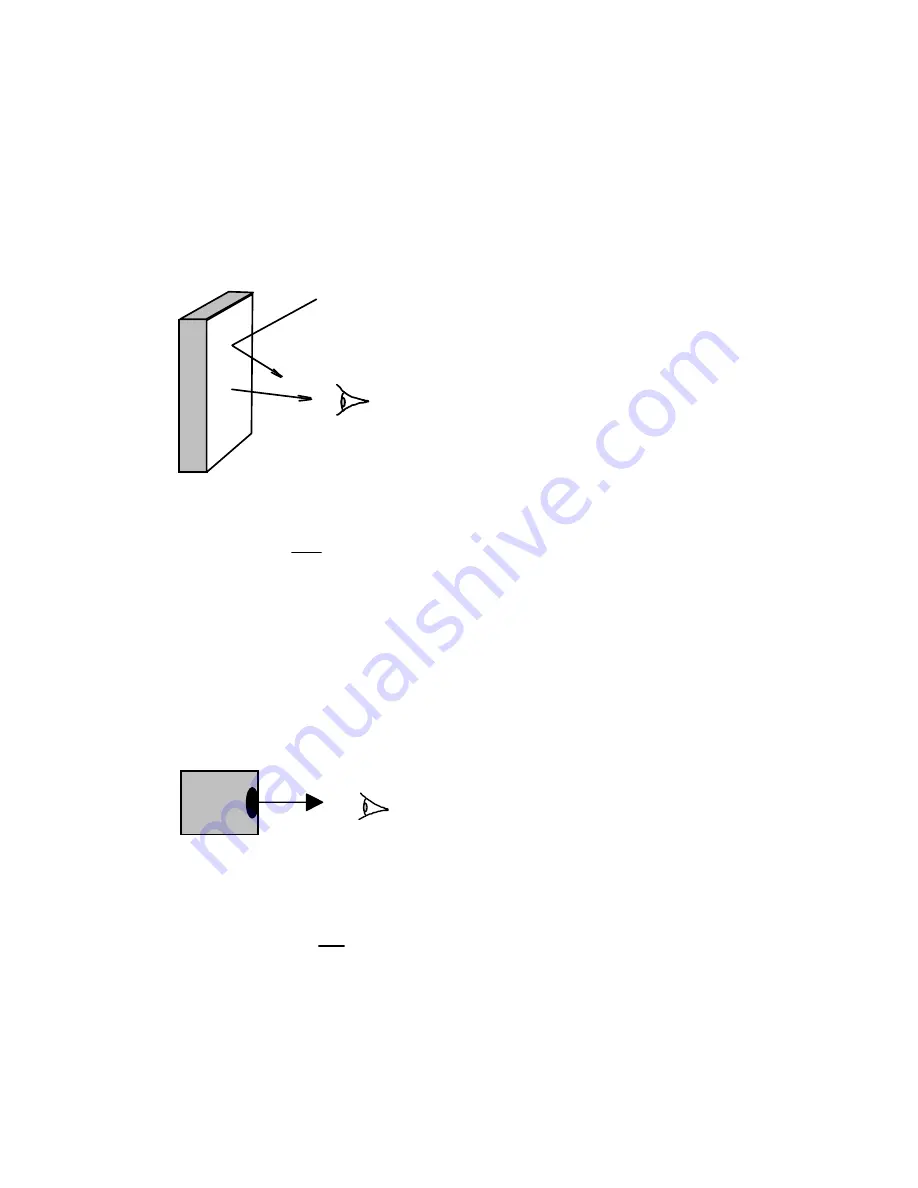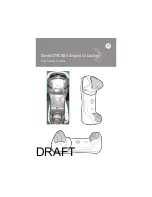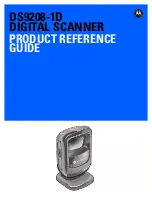
Emissivity
An important concept needed to understand how temperature is mea-
sured using infrared radiation is the one of emissivity. Emissivity is a
surface property which determines just how well an object’s tempera-
ture can be measured by an infrared device. Emissivity (along with
background thermal radiation) is the primary source of errors in infra-
red temperature measurement. Emissivity can be more easily under-
stood if it is realized that infrared has similar properties to visible light.
Simply stated, emissivity is the opposite of reflectivity. A perfect mirror
has a reflectivity of unity and an emissivity
of zero. A perfect black body has an emis-
sivity of unity and a reflectivity of zero. In
actuality, all real bodies (including human
ones) have an emissivity between these two
limits.
It is not possible to accurately measure the
surface temperature of any body with an
emissivity of less than 1.0 without making
a correction for this source of error. Hu-
man skin is near but not equal to 1.0 and, if
not accounted for, can introduce errors in
the order of one to two degrees. The cup-
like mirror used in the nosepiece of the DermaTemp scanner removes
this source of error by trapping all of the radiation from the skin surface
and in effect causing the skin surface to act like a black body with an
emissivity of 1.0.
Mirrors figure prominently in the discus-
sion of heat radiation and emissivity.
Since heat and light radiation behave the
same way, we can use what we see with
our eyes as examples of what the
DermaTemp sees. When you look in the
mirror, you see only reflections, nothing
of the mirror itself. If the mirror is per-
fect, it has 100% reflectivity. Because it
reflects everything, it emits nothing. For
this condition, the emissivity is zero.
If we consider an imperfect mirror, the eye then sees mostly reflection,
but also some of the imperfections on the mirror surface. If, for ex
Poor Emitter
Emissivity = 0.1
Reflectivity = 0.9
1.0
15
Blackbody
Emissivity =1.0
Reflectivity = 0.0
1.0
















































